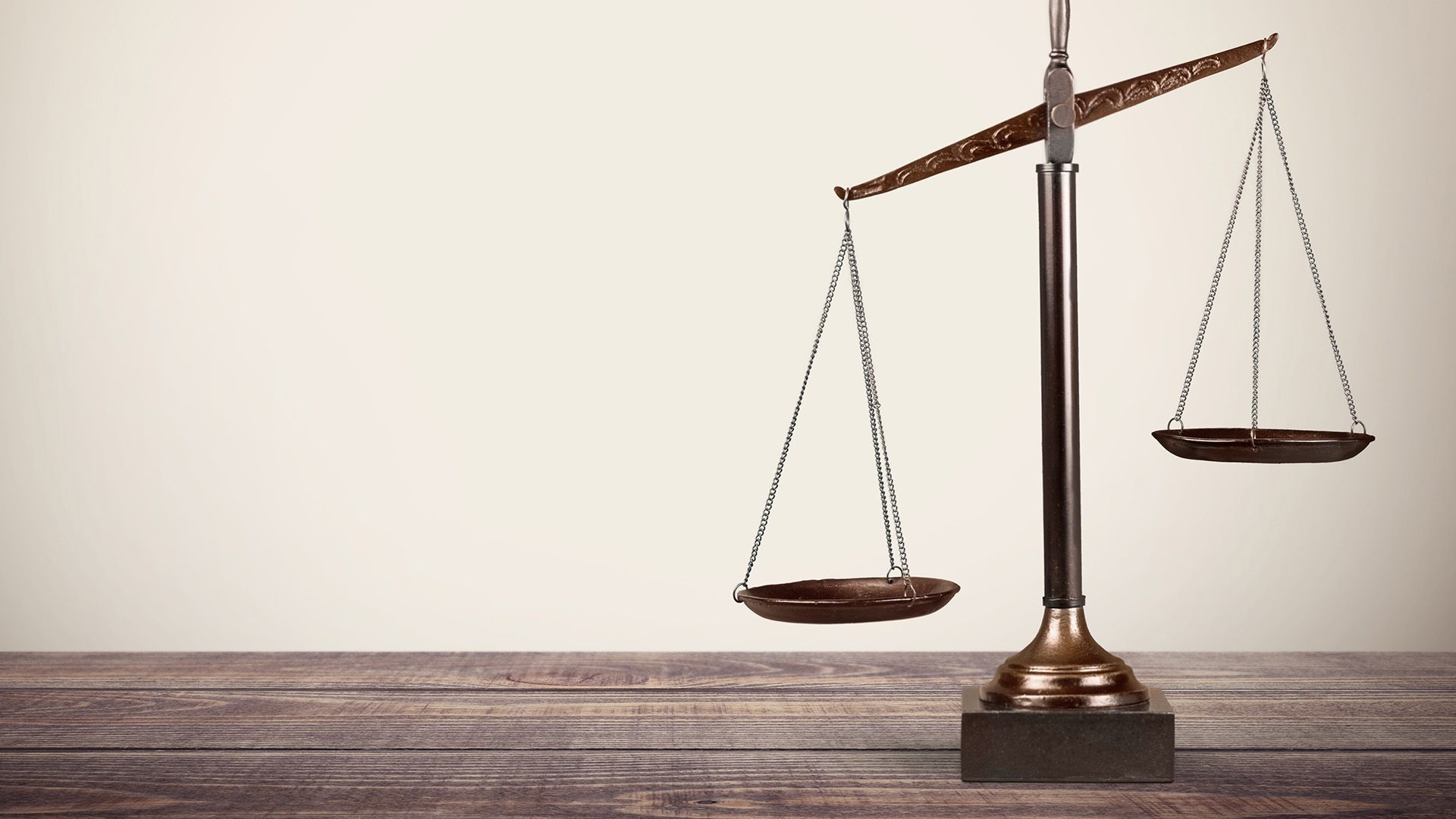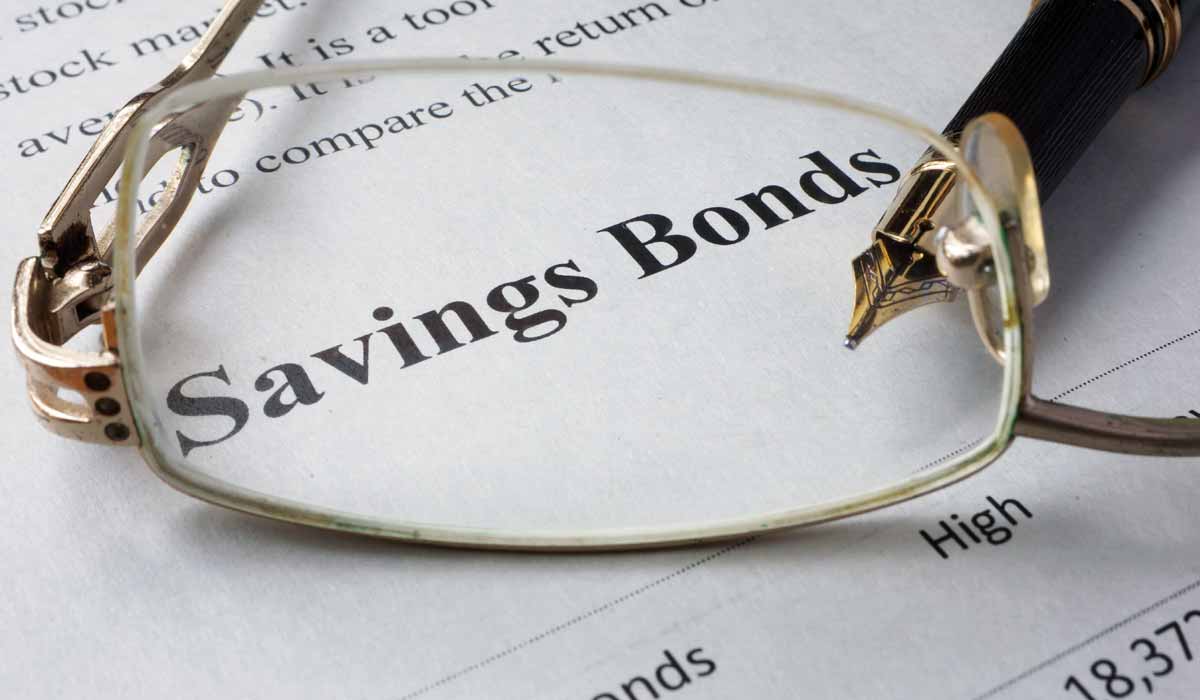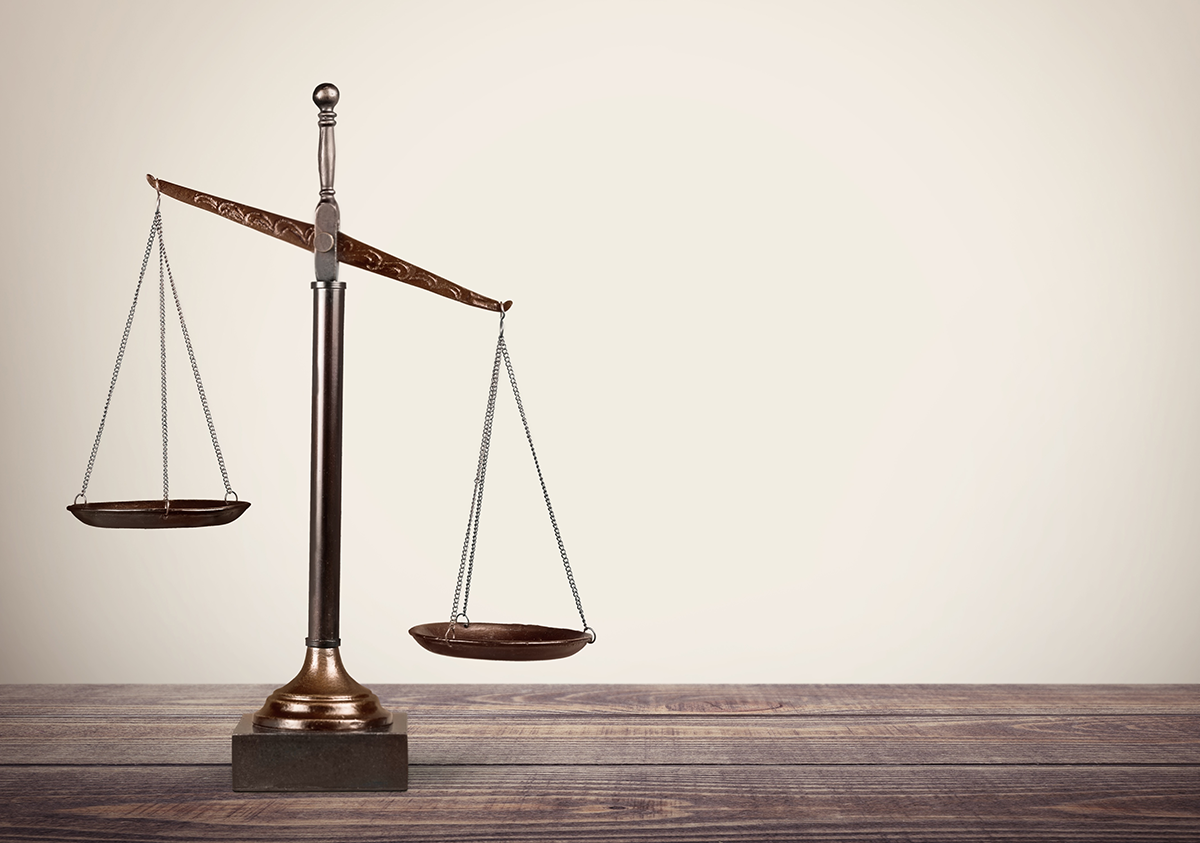With so much uncertainty in the environment we are currently in, these are pretty unprecedented times for many people who started their investing journey in the last 15 years after the previous Global Financial Crisis of 2007-2008. Along the way there definitely had been multiple times where the stock market dipped significantly, but probably none with significant inflation and ongoing tensions.
Nonetheless, for most of us life goes on. With the stock market taking a large beating recently, this presents multiple opportunities for us to make new purchases.
Website: Fed Seen Aggressively Hiking to 5%, Triggering Global Recession
For instance, with interest rates going up, all kinds of bonds are now being issued at higher yields. The Singapore’s 6-month treasury bill hits 4.19% yield in November, which is the highest rate since 1988.
Website: Singapore’s 6-month treasury bill hits 4.19% yield, highest since 1988
Considering that CPF rates for Ordinary Account are at 2.50%, it is not really beating inflation at the moment. If you would like for invest in treasury bills using CPF, some considerations are detailed in the link below, shared to me by TFI.
Singapore Savings Bond
The Singapore Savings Bond (“SSB”) have also continued to increase their interest rates, with the November 2022 issue seeing a 10-year average return of 3.21%. As the SSB is backed by the Singapore Government and has a credit rating of AAA, for now this is one of the safest investments out there.
If you were to use the 3.21% as a risk free rate when making your purchase considerations, this will result in any equity stocks that are yielding dividend of less than 3.21% less appealing, resulting in the recent sell offs over the last few months.
Website: Singapore Savings Bonds 10-year average return hits record high of 3.21%
With the interest rates continue to rise, if someone would like to have insights on the next SSB rates before deciding on the amount to subscribe for the current issue, the Monetary Authority of Singapore (“MAS”) also provides the background of how the SSB rates are computed.
With this information, we can then proceed to MAS e-service website and extract the relevant information ourselves.
Website: SGS Prices and Yields – Benchmark Issues
Set the filters for the daily rates in October 2022 and you will be able to extract the information as below.
With that in mind, seems like the 10 year yield for the upcoming SSB is looking to be around 3.48%. As of the time of this writing, there is still 1 more day of trading on 31 October 2022 so there may be changes. However as the above data is already weighted using 19 days, it is unlikely to change significantly.
Bond or Equity?
With the above, the common misperception I get from my colleagues and friends is that with interest rates being at record highs, the no brainer investment strategy is to invest in more bonds since there is likely to be more downsides for equity.
To me that is one side of the coin. The stories you see on the news media over the last few months definitely paint a grim picture on the equity market. Especially as interest rates continue to rise, it will cause cost of operations for businesses that are funded using debt to increase. Notwithstanding other factors as well, such as inflation and supply chain disruptions. This resulted in much fear as people flock to safer investments.
This is where Warren Buffett’s words should resonate in our head, where we should be fearful when people are greedy and be greedy when people are fearful. With the interest rates continue to increase, not only are bonds becoming more attractive, equities are as well.
Website: Warren Buffett: Be Fearful When Others Are Greedy
To illustrate using hypothetical numbers, assume that the cost per share currently is $2.00 and the dividend is fixed at $0.12. The dividend yield would therefore be around 6.00%. With a risk free rate of 3.50%, this means the market risk premium of the investor is around 2.50%.

Personally I like to use 2.50% as the market risk premium as that is more or less a decent good rental yield in Singapore. When buying investments, I see myself as a mini-landlord owning multiple different assets to generate passive income. Other investors may have different perspectives, and the market risk premium adjusts accordingly, such as for those technology companies trading at different multiples from Real Estate Investment Trusts (“REIT”).
Website: What is a Good Rental Yield in Singapore?
In the second part, we will now adjust the interest rate assumption of risk free rate. Assuming the market risk premium remains constant at 2.50%, the expected dividend rate will adjust as below.

With this new expected dividend yield, assuming there is no change of the dividend payout amount of $0.12, the cost per share will therefore adjust accordingly.

This means to say that once the interest rate decrease, it makes both the bond and equity less attractive to invest in. Since the bond rates are now lower than before and your purchase of share price will be higher.
Similarly, if interest rates were to increase, you will also lose out since your earlier investment in the previous bond is at a lower rate. If you had purchased equities instead, you will likely see some capital losses as well.
Unfortunately for most people, this means that when the interest rates were hiking at record paces, the best investment during this period would be to actually be cash so that you can add both bonds and equities at the best rates.
However, timing the market is never a good advice as well since most of us do not have a crystal ball for such predictions. What most of us should do instead is ensure we have sufficient cash on hand for our expenses, and only invest using money you are willing to lose. This way you can ride through any downturns.
The illustration above however also relies on too many factors to remain constant. Dividend can be affected by the profit of loss of your investments and market risk premium will adjust with the investor’s risk appetite. Thus take it with a pinch of salt.
Summary
With the current market conditions, my new expected dividend yield for new purchases of dividend equities should range from 6% to 7%. Whilst getting above 7% may seem like a good deal. There may be significant underlying risks for these assets which justified their higher yield. Investors should also not just look at dividend yield but also at the strength of the company, such as their management team, when making the investment decision.
Needless to say, as the economy remains uncertain and interest rates continue to fluctuate significantly, this may change within the next few months.
Not financial advice. Remember to do your own due diligence and invest with money you can afford to lose.







8 thoughts on “Reasonable Dividend Yield Changes”
Comments are closed.